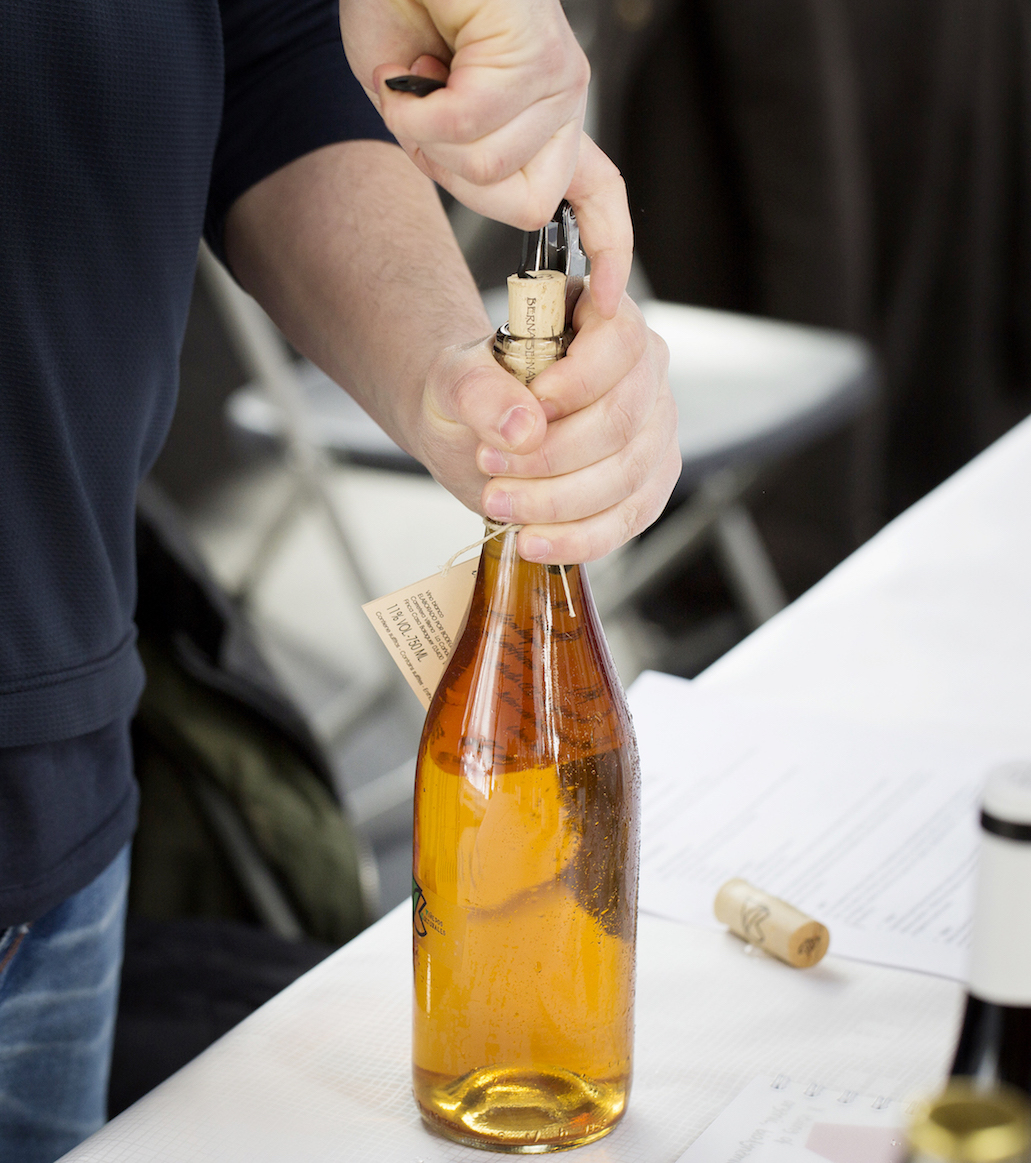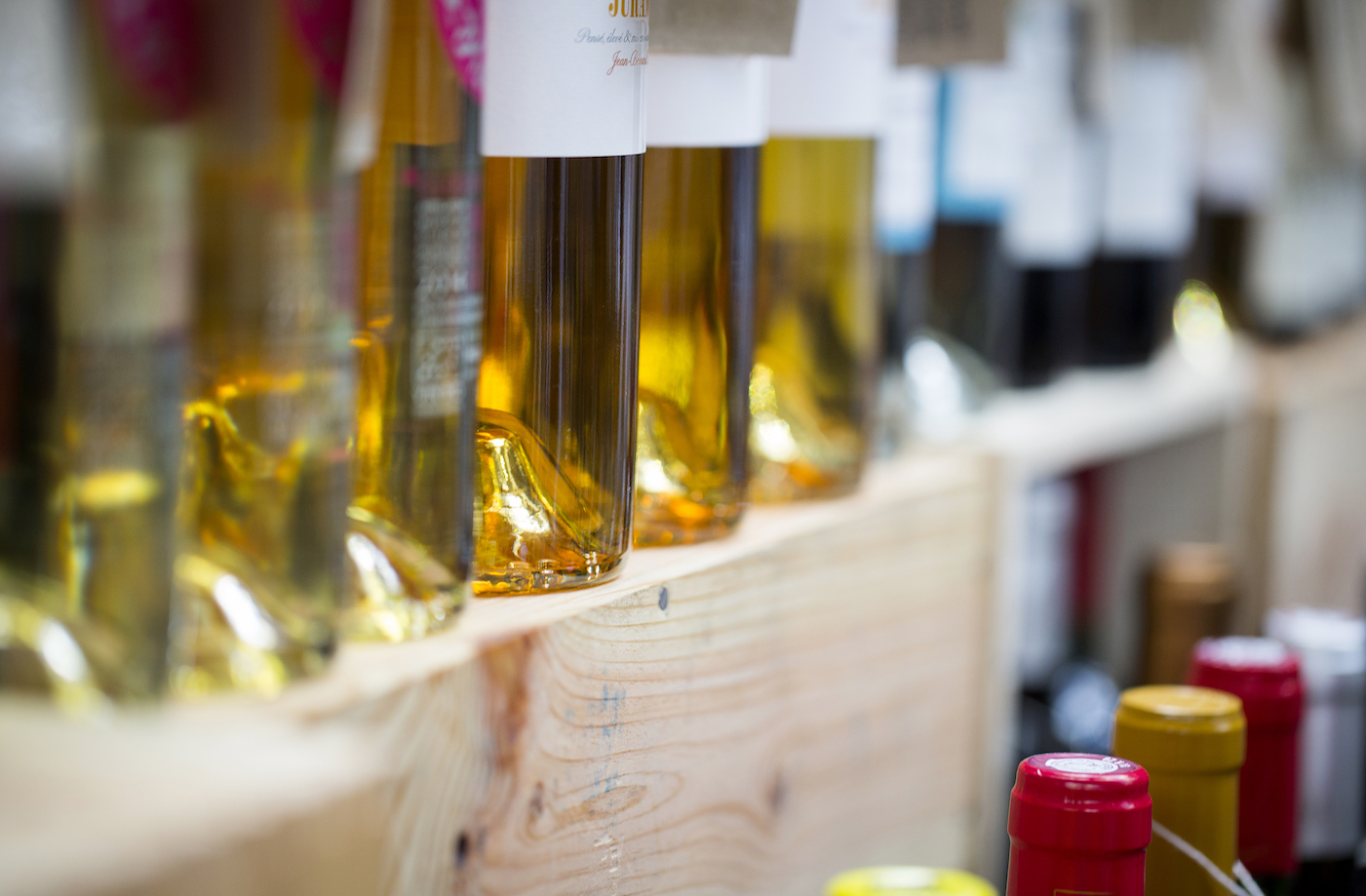
Orange is a colour in the wine spectrum. The colour denotes that grapes (which we may normally associate with white wines) have been macerated on their skins – as if they were red wines. During the period of maceration, various components are naturally extracted, such as colour, tannin and other phenolic compounds.
The degree of colour depends on the grape variety, the nature of the vintage, the time of harvesting, and the winemaking – the length of maceration, the quality of extraction, whether the wines are made oxidatively or anaerobically and so forth. Skin contact wines may be golden-yellow, pinkish-grey, orange, amber or even ochre.

To make a meritorious skin contact wine you need something worth extracting from the skins. Good farming, preferably organic or biodynamic, is a prerequisite, yielding excellent grape maturity (when the grape skins have acquired colour and phenolic substance), but also balance within the grapes themselves. The extraction itself should be subtle and harmonious, the vigneron judging whether to use the grape stems, how many days to macerate, whether to rack the wine – and so forth.
Skin contact wines are made all over the world now. We associate them primarily with Georgia and its qvevri wines, wherein whole bunches of grapes – skins and stems included, are placed in large terracotta pots buried in the ground where they remain often for up to six months. Growers in Italy, Slovenia and Croatia though have been making world-class skin contact wines for many years and the demonstrable quality of their efforts has persuaded a generation of growers elsewhere to try their hand at “skinny-dipping”.

The wines themselves are fascinating. They have an al dente quality, texturally-speaking; often they are bitter and slightly astringent. Fruit character tends towards the fleshy, orchard-fruit end of the spectrum (they almost invariably undergo a full malolactic conversion), offset by baked spice notes (usually the result of extended lees-contact), hints at grilled vegetables, earthiness, wild herbs. Sometimes the wines have a gentle oxidative quality (they are conceived and mature in presence of oxygen which intensifies the “orange” hues). Best served at cellar temperature in a carafe and a large glass, skin contact wines are supremely food friendly – what one wine can match so readily with vegetables, fish, meat and cheese?

